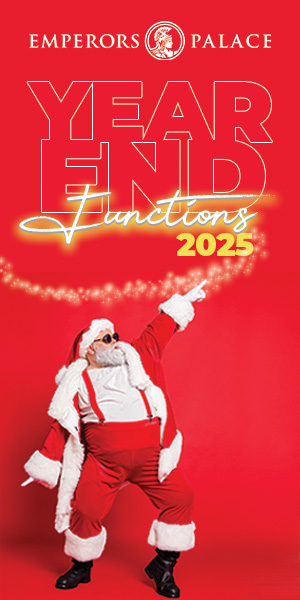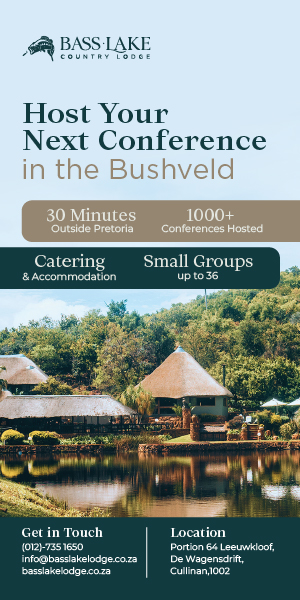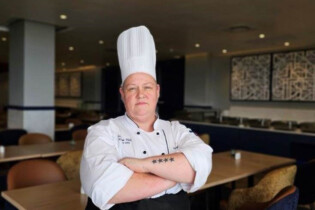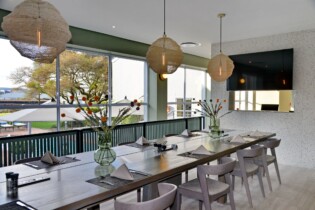The global meetings industry
As the industry continues to evolve convention centres are finding it hard to keep up due to space restrictions, lack of design flexibility and finances. In this two-part series AIPC President Edgar Hirt looks at the big issues facing centres today, and how this may affect their interactions with suppliers and clients.
Firstly: Space. How are expectations changing, and what can be done to respond within the limitations of a largely fixed structure? Managers are responding in a number of ways, all of which are of importance to event planners looking at potential changes in their programmes.
Flexibility is the priority
Events used to have a largely predictable combination of space requirements, where even the proportions of different spaces were well established, and most centres were designed accordingly. Now, along with changing formats, are coming spatial requirements that are testing the limits of how spaces with solid walls and particular combinations of finishes can respond. A major overhaul of spaces is simply not an option for many centres, and besides, there is little reason to think that these will not simply evolve again in the future.
For new design, the emphasis has shifted to flexibility; spaces that can serve a variety of purposes and can be organised in a variety of ways without major dislocation. In fact, ‘multi-purpose spaces’ have become one of the most important design factors in new centres on the assumption that we really have no idea what the needs of the future will be.
Designing for the business
Centres have to become increasingly realistic about the kind of business opportunities they can expect. This is based on external factors such as transportation access and accommodation, as well as the capabilities of the centre itself. Design can and should be directed towards the best opportunities, rather than creating a more generalised configuration, that will require endless and potentially costly adaptation.
Another new and important trend along these lines can be seen in the growing priority for centre designs to offer better abilities to host multiple, simultaneous events rather than single larger ones. This is a logical reaction to the fact that the majority of events in the market are now small to medium size. The ability to offer discreet and dedicated combinations of space to more than one event at a time not only expands the overall business opportunity but often offers greater efficiency in related areas such as accommodation, transportation and even the loading in and out process.
Working in the envelope
For existing centres, the job is tougher but lots of strategies exist that enable them to create more flexibility. Large spaces can be subdivided to accommodate demands for more breakout spaces, while informal areas can be redeveloped in what may have been public or pre-function spaces to accommodate small groups. It’s often a matter of something as simple as replacing or even just re-arranging furniture, particularly when meetings are spontaneous and self-generated.
Given that set up and take down of specialised configurations can be costly for both the centre and the client, some have been exploring more or less permanent changes in configuration. These include dedicated exhibition units that can be left in place to be used by exhibitors on an ongoing basis. On the other hand, in many cases finishes are being made less specialised so the same area can serve many different functions and be differentiated through the use of lighting and floor treatments, meaning they can be more readily changed than distinctive finishes.
Space configuration is a big issue in an evolving industry but it’s not all that’s changing.
In the next issue Hirt will explore how the ‘softer’ side, including technology, food and beverage, and changing business relationships require every bit as much attention as event space.






